The Sydney Opera House, situated on Bennelong Point in Sydney Harbour, is a globally known performing arts center symbolizing Australia’s cultural identity. Designed by Danish architect Jørn Utzon, the construction began in 1959 and was completed in 1973 under Australian architects Peter Hall, David Littlemore, and Lionel Todd. The architectural style most prominently featured in the Sydney Opera House is Expressionism, emphasizing emotion and intangible aspects of society and nature. The Opera House showcases innovative techniques. The sail-shaped shells utilize precast concrete ribs and panels supported by piers deep into the harbor bedrock. The design draws from spherical geometry, and computer-aided structural analysis was employed to verify its integrity against forces like wind and waves. The Sydney Opera House’s influence extends to other Australian buildings. It paved the way for avant-garde designs like Melbourne’s Federation Square, showcasing that unconventional architecture could capture global attention. The Opera House’s structural innovation also influenced contemporary designs, such as Frank Gehry’s metal-clad forms for the Dr Chau Chak Wing Business School in Sydney. Functionally, the Opera House serves as a premier cultural venue, hosting diverse performances. Its design, including venues like the Concert Hall and Opera Theatre, integrates with different genres’ acoustic and spatial requirements. The Opera House’s cultural and contextual relevance is evident in its design, drawing inspiration from Sydney’s maritime history and indigenous heritage. Its UNESCO World Heritage Site status recognizes it as a “masterpiece of human creative genius.” The Sydney Opera House represents expressionist architecture, emphasizing emotion and breaking from traditional geometric constraints. Its sail-shaped shells, innovative construction techniques, and cultural significance make it a benchmark for architectural possibilities and ambitions. Architects visiting the Sydney Opera House can take specialized Architectural Tours, gaining insights into Utzon’s design, engineering, and history. Lessons include pursuing bold designs, embracing innovation in structural engineering, and balancing aesthetic vision with functionality from the project’s inception.
What is the Sydney Opera House?
The Sydney Opera House is an iconic performing arts center on Bennelong Point in Sydney Harbour. It was designed by Danish architect Jørn Utzon, making it one of the most recognizable buildings in the world. Construction began in 1959 based on Utzon’s award-winning design submitted for an international competition sponsored by the New South Wales government in 1956. Numerous structural and cost issues plagued construction, leading to Utzon’s resignation in 1966. The Opera House was finally completed in 1973 under the direction of Australian architects Peter Hall, David Littlemore, and Lionel Todd. The Sydney Opera House is a multipurpose facility, hosting over 1,600 performances annually across various genres, including opera, ballet, theatre, dance, comedy, and music. Its largest venue is the Concert Hall, which seats 2,679 people and hosts symphony performances, concerts, and other large-scale events. The 1,500-seat Opera Theatre is the home of Opera Australia and The Australian Ballet, staging opera, dance, and ballet productions. Additionally, there are three smaller theatres for plays, musicals, and other theatrical performances, a recording studio, restaurants, bars, and retail outlets. The Sydney Opera House covers 4.4 acres of land. The roof comprises multiple precast concrete shell structures covered in over 1 million glossy white tiles imported from Sweden. The Opera House was formally recognized as a UNESCO World Heritage Site in 2007, described as a “masterpiece of human creative genius.” Today, it remains an iconic symbol of Sydney and the Australian nation, recognizable to people across the globe.
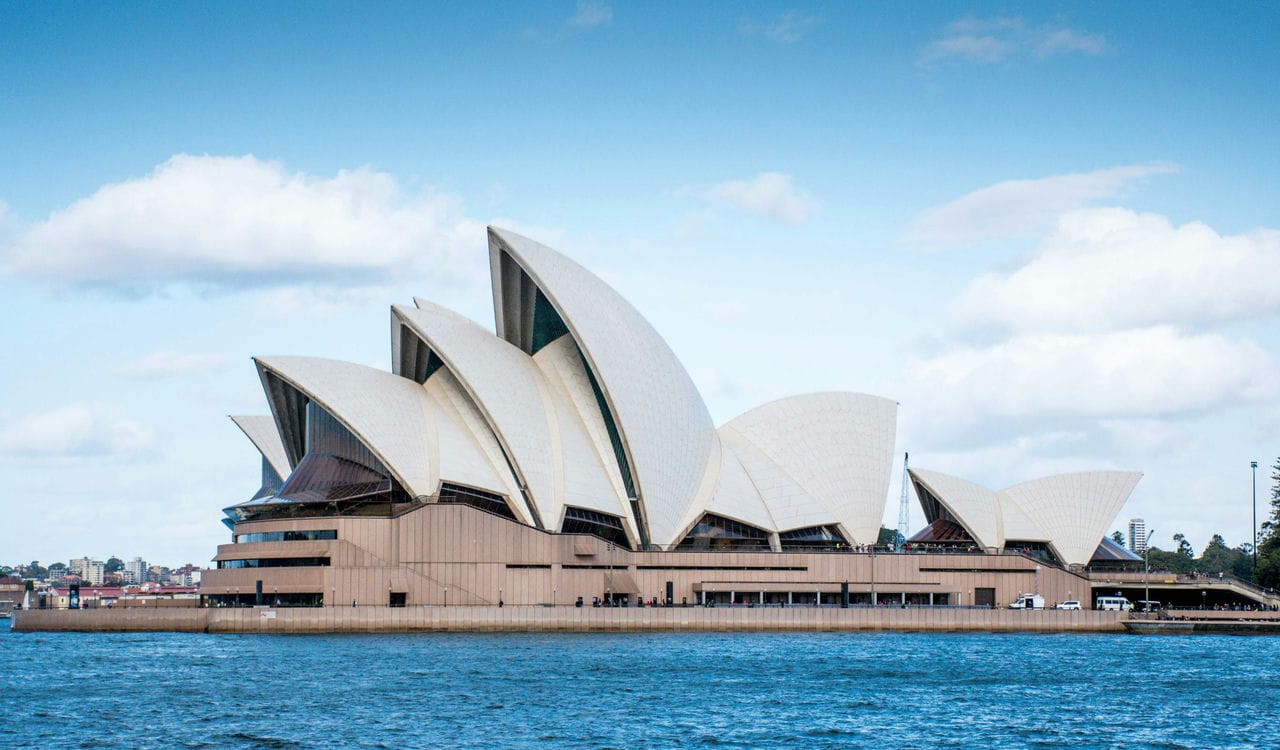
What architectural style is most prominent in the Sydney Opera House?
The Sydney Opera House prominently features the architectural style Expressionism. It is considered a prime example of expressionist architecture, which emphasizes emotion and seeks to represent intangible aspects of society and nature through unusual. Architect Jørn Utzon’s winning design for the Opera House features a series of sail-like concrete shells as the building’s roof structure. This radical design solution produces an organic, sculptural form that evokes aspects of ships, bodies, wings, and more through curved shapes. The expressive, free-flowing forms of the Opera House shells represented a clear departure from the rigid geometry and rationalism of the International Style that dominated much of 20th-century architecture. Instead of conforming to function alone, Utzon sought to produce an emotional impact and give spiritual meaning to the building through its form. Utzon developed the shell design intuitively, using spherical geometry to achieve the sweeping curves. This organic generation of form embodies the expressionist emphasis on natural shapes rather than preconceived plans.
What structural engineering principles were employed in the construction of the Sydney Opera House?
The Sydney Opera House features several innovative structural engineering techniques in its design. Firstly, the shells making up the iconic roof structure utilize precast concrete ribs and precast concrete panels supported by concrete piers deep into the harbor bedrock. This approach allowed the complex curved sail-like forms to be constructed while providing the necessary structural integrity. Secondly, the geometric shape of the shells draws from the concept of spherical geometry. Architect Jørn Utzon developed the curves of the shells by using sections of a sphere rather than parabolas or other shapes he had unsuccessfully tried. Lastly, the Sydney Opera House represents an early example of computer-aided structural analysis. The complex forces of the shells’ unusual conditions would make manual calculations difficult. Instead, Ove Arup & Partners’ engineers used computer modeling to analyze the shells’ structural behavior. This pioneering use of computers helped verify the design’s integrity and demonstrate that shells could withstand wind, waves, and other forces. The innovative combination of these techniques facilitated the construction of the Sydney Opera House’s architectural design.
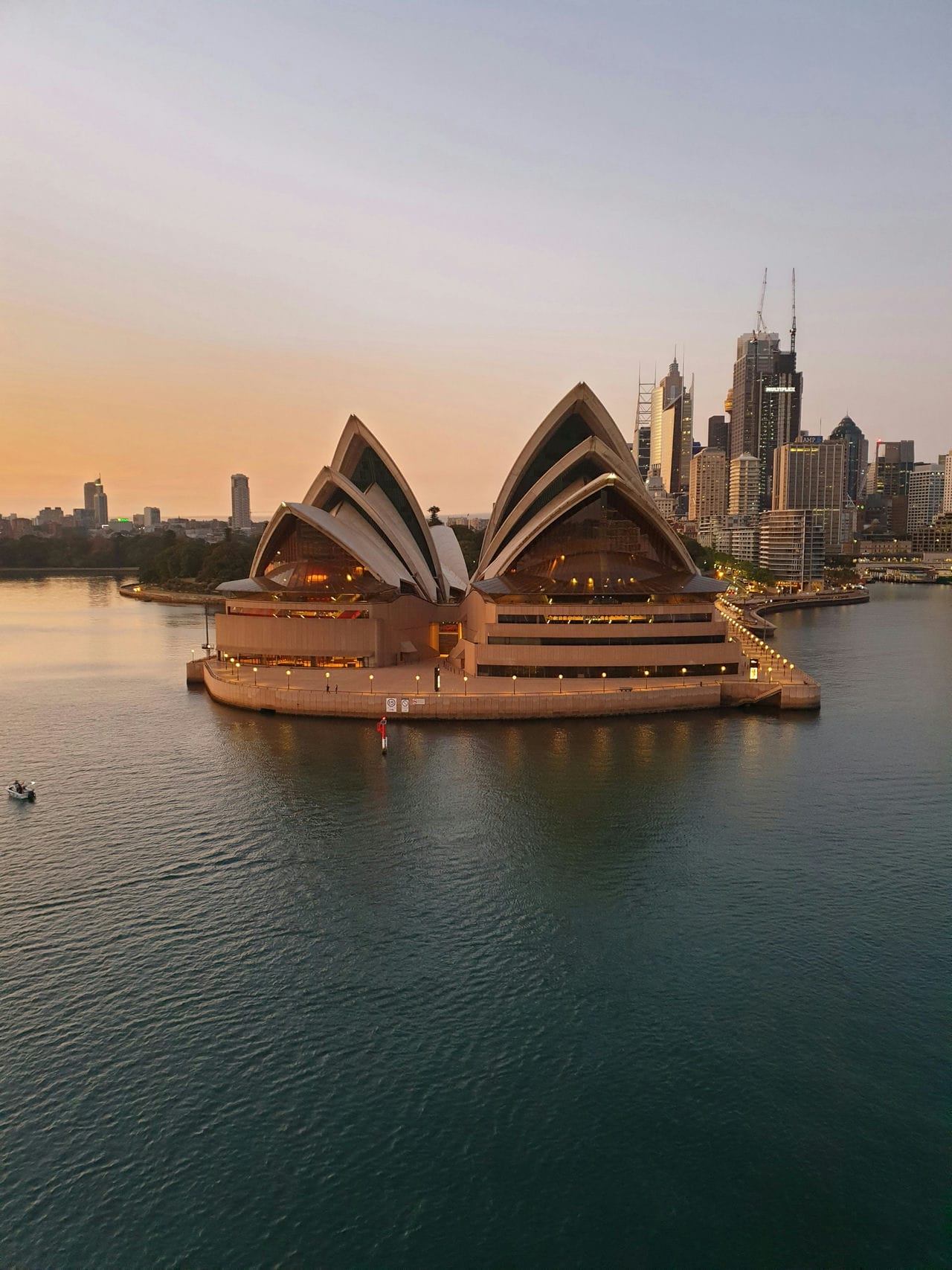
Who designed the Sydney Opera House?
The Sydney Opera House was designed by Danish architect Jørn Utzon. Utzon’s radical design solution featured a series of sail-like concrete shells for the roof structure, set on a monumental podium cantilevered over the water. This expressive form was selected as the winning entry by the competition jury in 1957, bringing 38-year-old Dane instant international acclaim. Utzon developed the shell design intuitively, using spherical geometry to achieve graceful curves. He worked closely with the engineering firm Ove Arup & Partners to address the significant structural challenges in realizing his competition scheme. However, significant cost overruns and construction delays plagued the project. Utzon resigned from the project in 1966 as a protest to Liberal Minister for Works Davis Hughes, who consistently blocked and questioned the funds and resources he needed. Utzon returned to his home in Denmark and vowed never to return to Australia. He did not get to see the completed Opera House, which opened in 1973 under the direction of Australian architects Peter Hall, David Littlemore, and Lionel Todd.
What are the historical design influences visible in the Sydney Opera House?
The Sydney Opera House incorporates several key historical design influences in its iconic form. Firstly, the Opera House’s sweeping white sail-like shells draw inspiration from forms, evoking images of ships, yachts, or sea creatures. The smooth curves also resemble bird wings about to take flight, creating a sense of movement and dynamism. Secondly, the Opera House’s sculptural presence and visually expressive forms align it with 20th-century expressionist architecture, which uses unusual shapes to produce an emotional impact. Architect Jørn Utzon developed the shell design through models to achieve an organic aesthetic. This reflects expressionism’s focus on subjective emotional experience over rationalism. The pure white shells against the blue harbor backdrop heighten this expressive effect. Lastly, the tiled external cladding references Sydney’s indigenous history. The Opera House’s 1 million glossy Swedish tiles bring traditional Aboriginal rock and cave paintings with decorative motifs to mind. This draws visitors’ attention to appreciate the play of light, as with rock art. The tiles’ pearl-like luster evokes Sydney’s oyster culture and the site’s origins as an indigenous coastal midden.
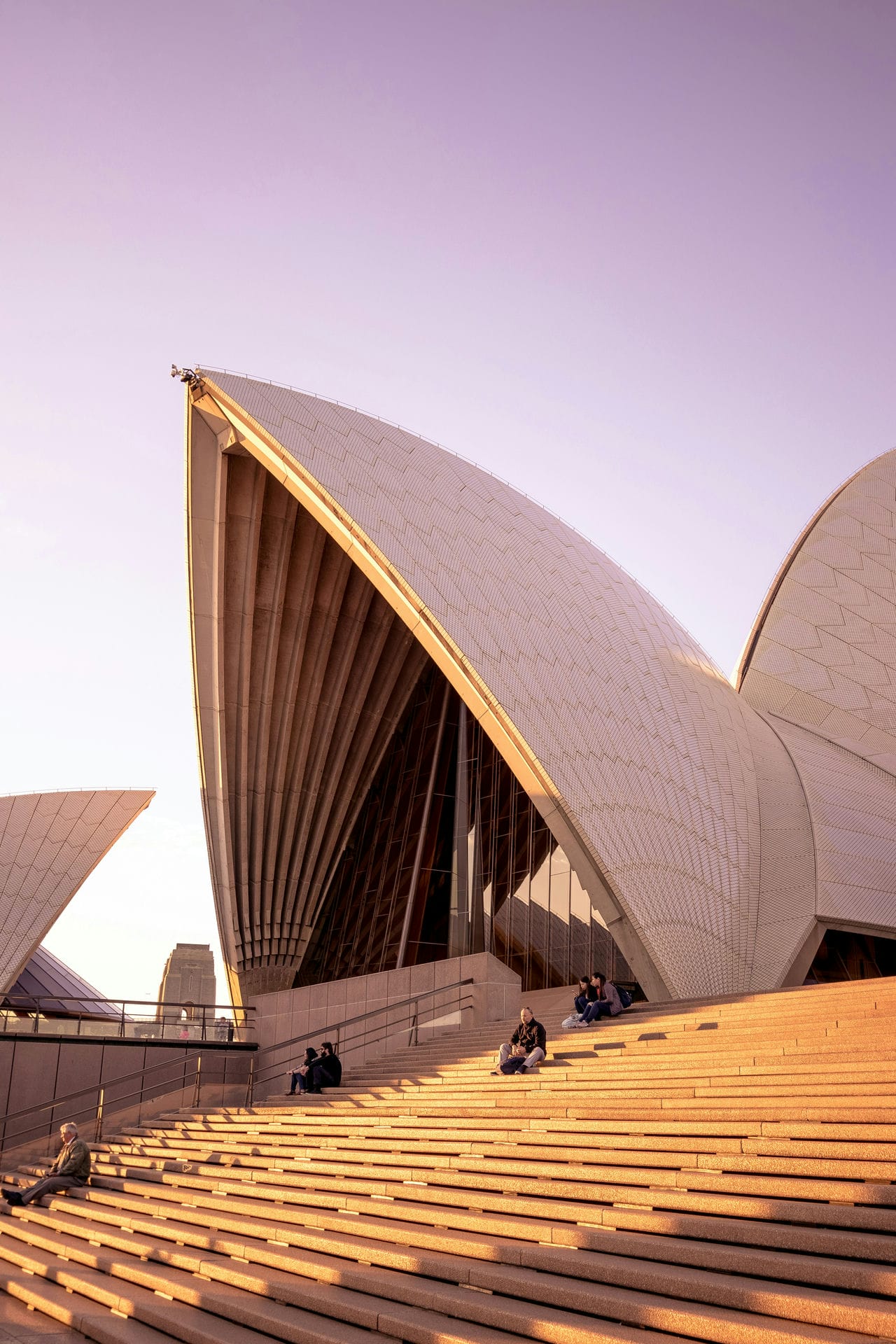
How has the Sydney Opera House influenced the design of other buildings in Australia?
The Sydney Opera House has influenced the design of other buildings in Australia in several key ways. Firstly, the Opera House’s sculptural white shells and expressive form demonstrated that bold, unconventional architecture could capture global attention and become a national symbol. This paved the way for other avant-garde buildings like Federation Square in Melbourne. Secondly, the Opera House’s structural innovation showed that computer analysis could facilitate the realization of complex architectural forms once considered impossible. For example, Frank Gehry’s curving, metal-clad forms for buildings like the Dr Chau Chak Wing Business School in Sydney were enabled by digital modeling software descended from that used for the Opera House. Gehry directly references the Opera House in the Business School’s flowing, shell-like roofs. Lastly, the Opera House demonstrated how architecture could become a focal point for civic pride and cultural identity in Australia. Following its success, major cities promoted bold signature buildings like the Brisbane Powerhouse and Melbourne’s Federation Square to enhance their distinct identities. The Sydney Opera House’s sculptural daring, structural innovation, and cultural impact fundamentally expanded architecture’s design possibilities and ambitions across Australia from the 1970s onward. It will remain the benchmark against other nationally significant public buildings.
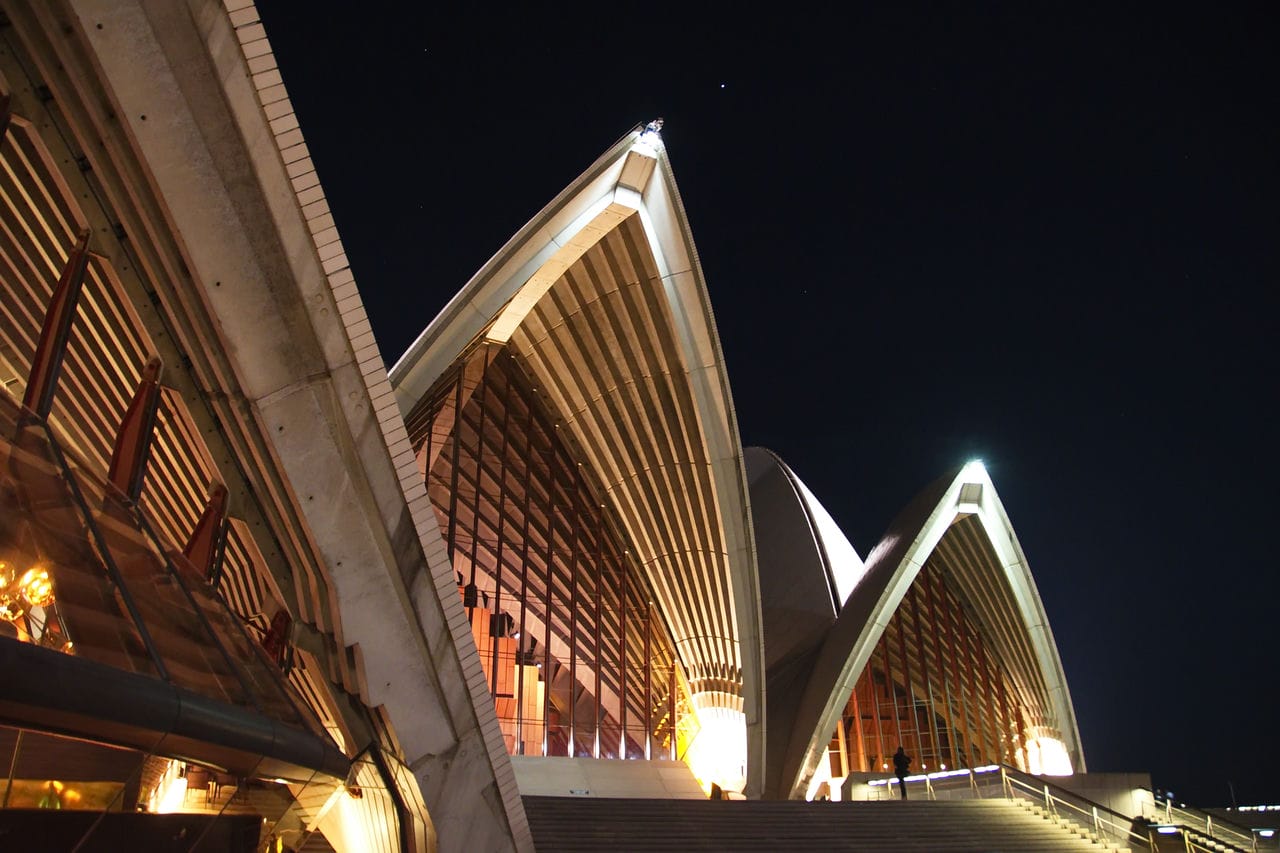
What purpose does the Sydney Opera House serve, and how does the design help?
The Sydney Opera House serves as a premier performing arts center and cultural venue, hosting over 1,600 shows per year across genres, including opera, theatre, dance, music, and more. Its iconic design seamlessly facilitates this multipurpose functionality. The largest venue, the 2,679-seat Concert Hall, hosts symphony performances, choir concerts, and contemporary music shows within an interior space tailored to optimal acoustic quality. The 1,500-seat Opera Theatre is purposely designed for opera, ballet, and dance, with superior sightlines and adjustable acoustics. The Drama, Playhouse, and Studio theatres have flexible configurations to accommodate theatrical productions. The Opera House’s sculptural presence and expressive sail shells embody design principles of 20th-century expressionist architecture, using unusual shapes to produce an emotional impact rather than simply fulfilling function. Architect Jørn Utzon’s shell design was developed through models to achieve organic forms that capture the imagination. This connects the Opera House to Sydney’s sparkling harbor environment while resonating with the city’s identity as a global hub.
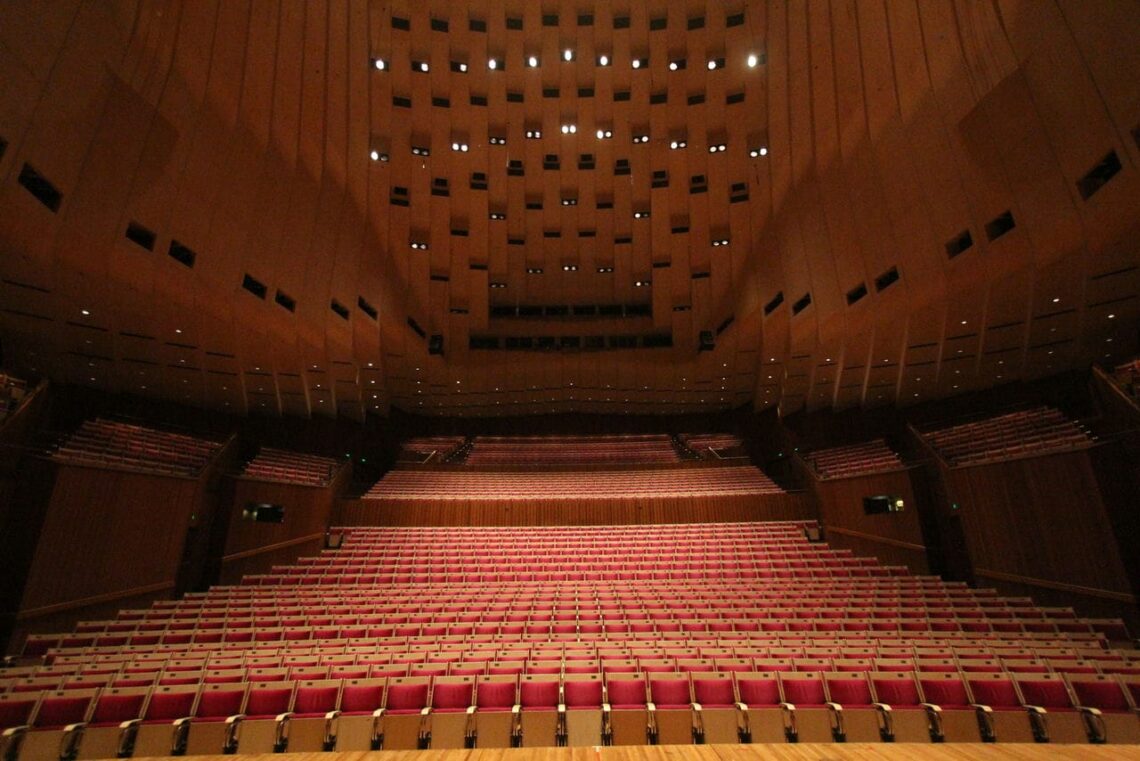
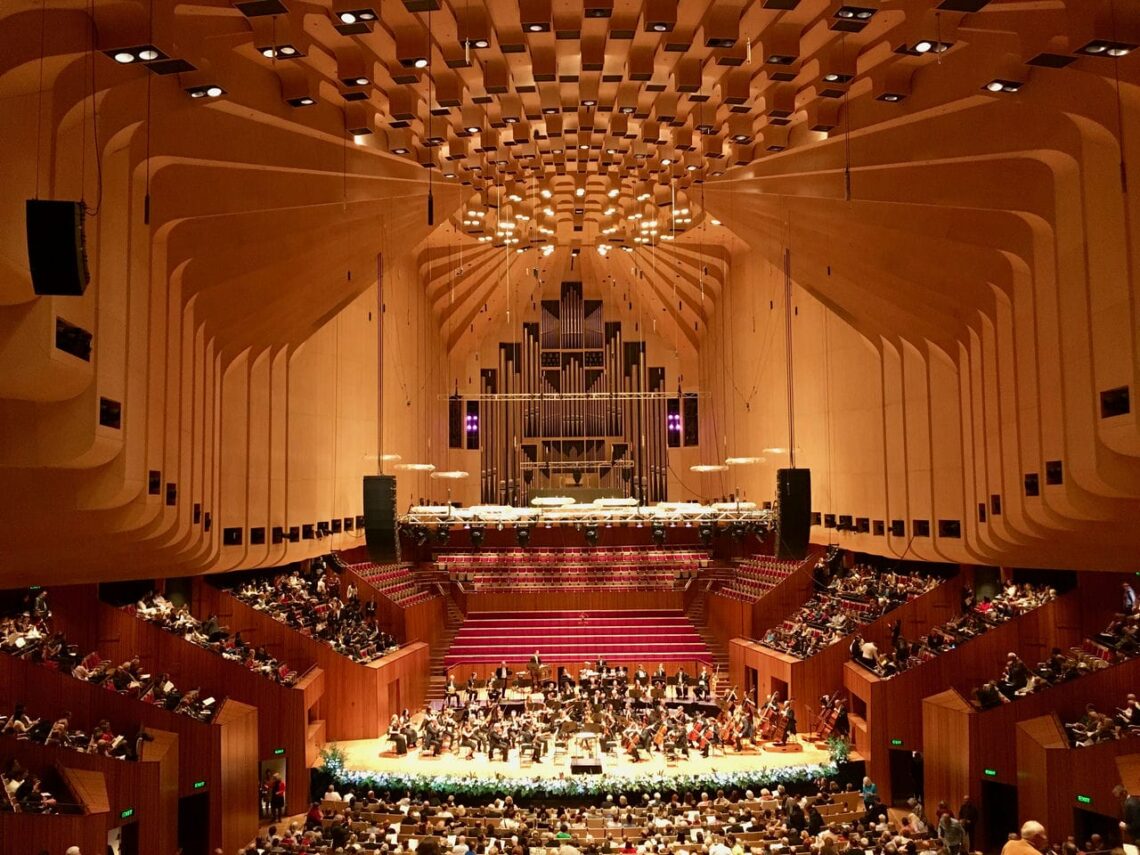
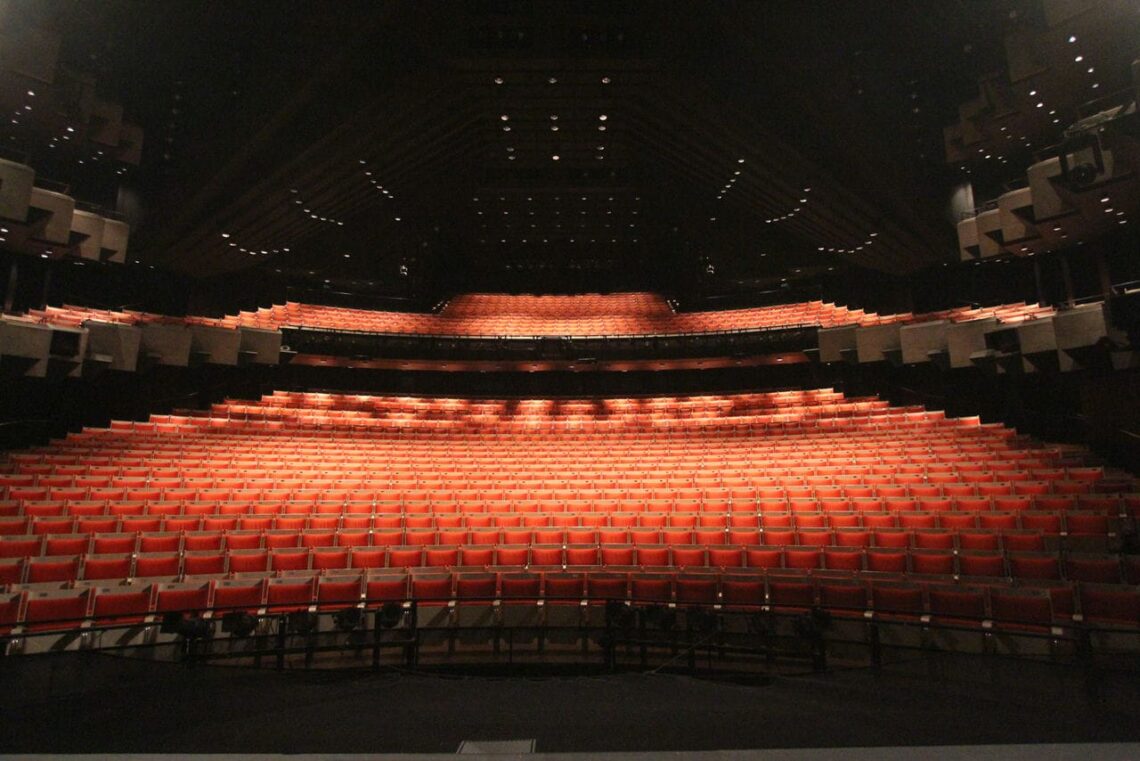
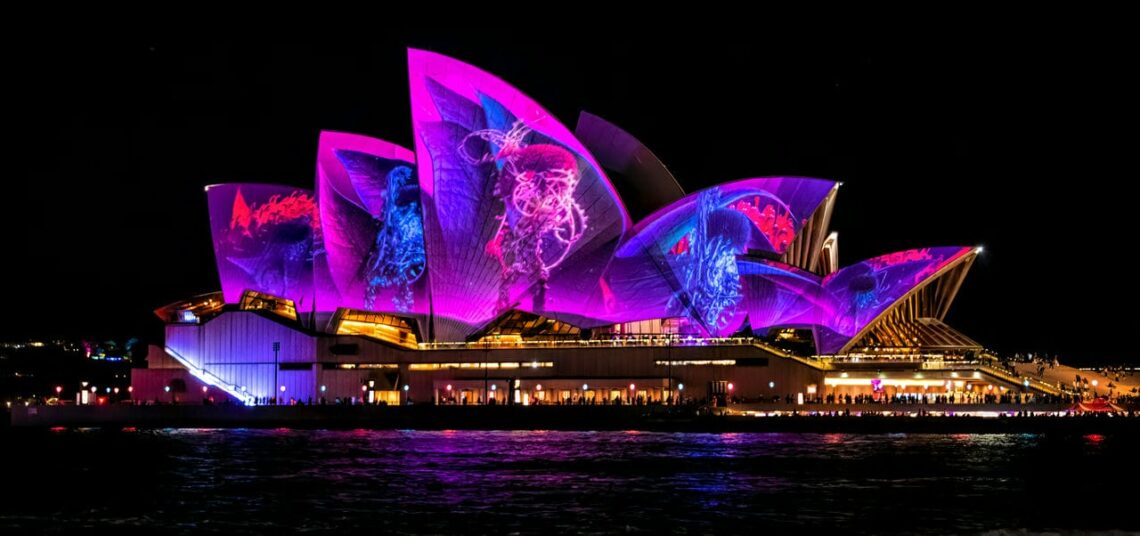
How is the Sydney Opera House maintained?
There are three key aspects of how the Sydney Opera House is maintained. Firstly, the Opera House has a dedicated Facility Management team responsible for the building’s ongoing maintenance and operations. This covers everything from cleaning the iconic white ceramic tiles to testing the sail structure for corrosion and wear. Tiles are replaced as needed, the concrete is regularly inspected and repaired, and the glass is cleaned.
Secondly, major upgrades and improvement projects are periodically undertaken to keep the Opera House functioning optimally as a performing arts center and public landmark. In 2016, a 7-year Renewal program was launched to improve visitor amenities, update theatre technology, and enhance accessibility. Work has included adding a new box office and cloaking spaces, installing automated curtains in the Concert Hall, and upgrading theatre seating. Lastly, environmental sustainability initiatives help preserve the Opera House for future generations. Solar panels provide renewable power, recycled water is used for cooling towers and toilets, intelligent LED lighting has been installed, and waste output has increased by over 50% through improved recycling. These efforts allow the Opera House to maintain its functionality as an architectural masterpiece, public performing arts center, and UNESCO World Heritage Site.
How does the Sydney Opera House reflect cultural and contextual relevance in its design?
The Sydney Opera House embodies cultural and contextual relevance in its iconic design in several ways. Firstly, the Opera House’s sweeping white sail-like shells draw inspiration from nautical forms, evoking images of ships, yachts, or sea creatures. This reference to sailing vessels ties into Sydney’s history as a bustling port city in one of the world’s excellent natural harbors. Secondly, the Opera House’s sculptural presence and expressive forms align it with 20th-century expressionist architecture, which uses unusual shapes to produce an emotional impact. Architect Jørn Utzon developed the shell design intuitively through models to achieve an organic aesthetic. This reflects expressionism’s focus on subjective emotional experience over rationalism. Lastly, the external cladding references Sydney’s indigenous history. The Opera House’s 1 million Swedish tiles bring to mind traditional Aboriginal rock and cave paintings that feature decorative motifs. The shell tile patterns produce a subtle glittering effect in the sunlight. This draws visitors’ attention to appreciate the play of light, as with rock art. This masterful synthesis manifests in the Opera House’s globally recognized and significant form.
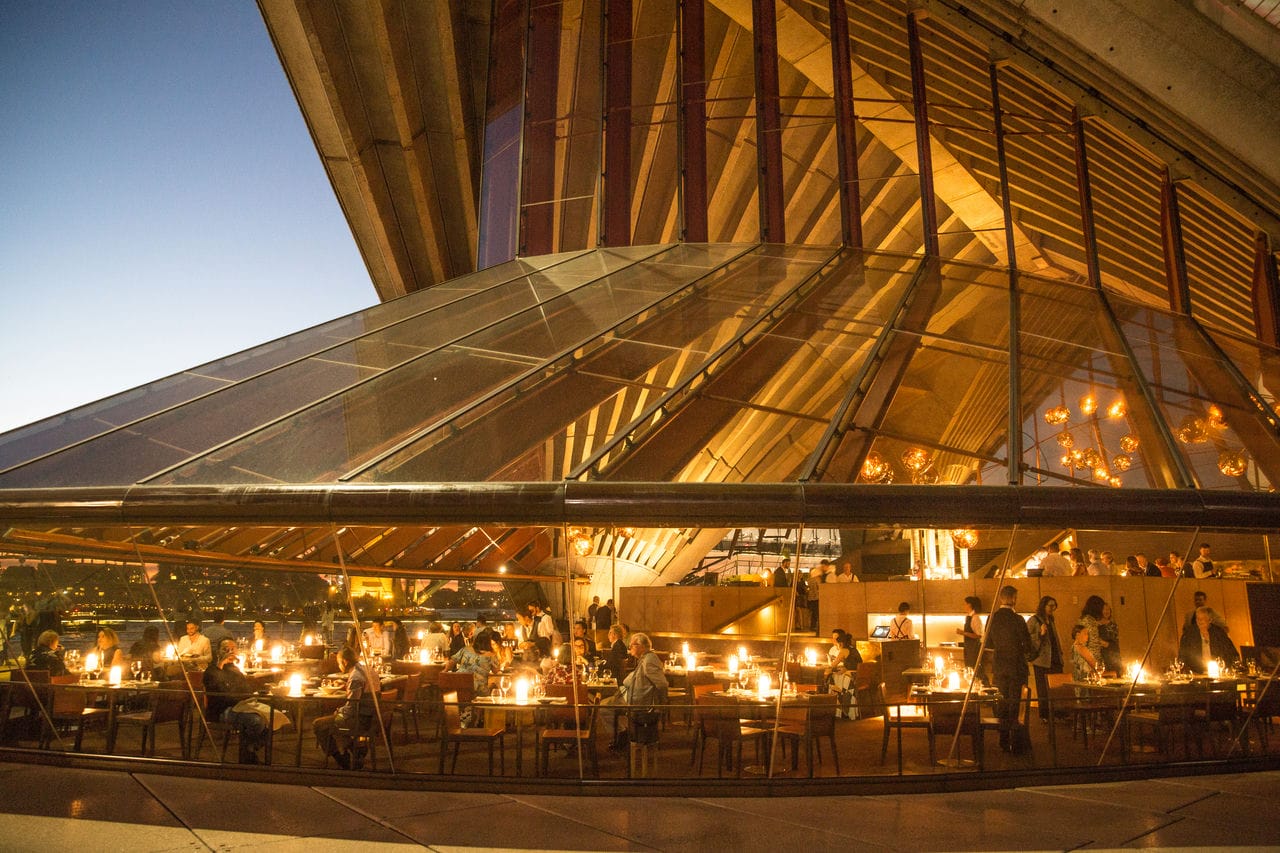
What architectural trend or movement does the Sydney Opera House represent?
The Sydney Opera House is considered a prime example of expressionist architecture, which emphasizes emotion and seeks to represent intangible aspects of society and nature. Architect Jørn Utzon’s winning design for the Opera House features a series of sail-like concrete shells as the building’s roof structure. The expressive, free-flowing forms of the Opera House shells represented a clear departure from the rigid geometry and rationalism of the International Style that dominated much of 20th-century architecture. Instead of conforming to function alone, Utzon sought to produce an emotional impact and give spiritual meaning to the building through its form. The pure white shells contrast against the blue Sydney Harbour backdrop. This focus on the viewer’s subjective, emotional experience over rational considerations is a core aim of expressionist architecture. Sydney Opera House is one of the great architectural embodiments of expressionist ideals in the 20th century and remains profoundly moving today.
What are the challenges faced during the restoration of the Sydney Opera House?
The Sydney Opera House has faced several key challenges during efforts to restore and preserve the iconic building over its 50-year history. Firstly, the Opera House’s unique sail-shaped concrete shell design has posed ongoing structural engineering challenges. Regular inspection, maintenance, and repair of concrete and tiles are needed to combat weathering and corrosion issues. Secondly, upgrading the building’s functionality as a modern performing arts center has proven difficult without compromising Utzon’s original design intent. Installation of contemporary theatre technology, improving accessibility, adding visitor amenities, and expanding food service have required sensitive integration into the heritage-listed landmark. Lastly, managing the environmental impact of over 8 million annual visitors is an increasing focus, including reducing energy and water usage. Initiatives to make the Opera House more sustainable have included installing solar panels, implementing efficient air conditioning, converting to LED lighting, recycling water, and improving waste management.
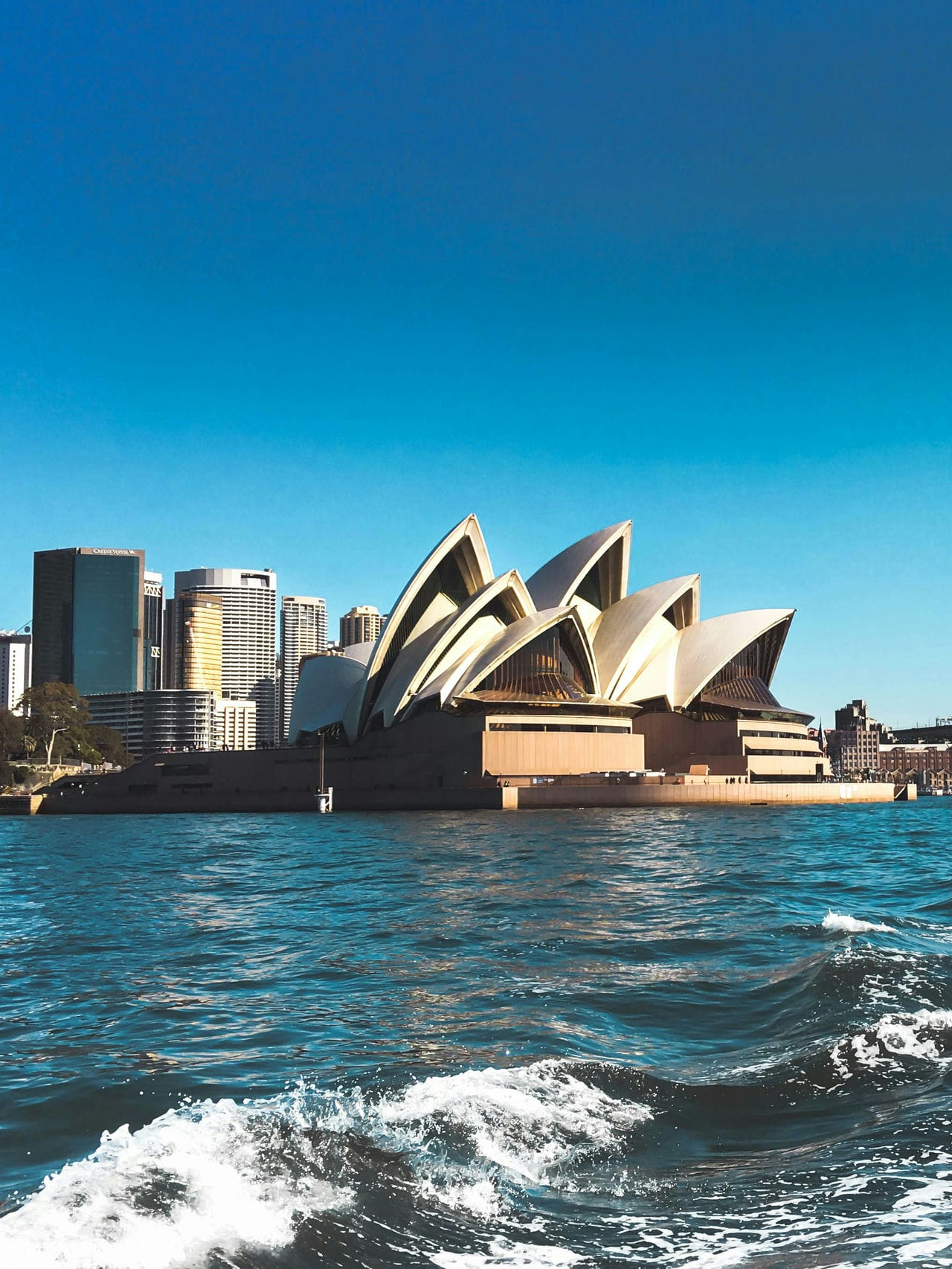
How does the Sydney Opera House comply with contemporary safety and accessibility standards?
The Sydney Opera House incorporates several key features to comply with modern safety and accessibility standards. Firstly, regular upgrades and maintenance work ensure the building’s structural integrity and fire safety systems meet current codes. Concrete cancer repairs strengthen the iconic shells while maintaining sprinklers, alarms, and other active fire protection measures. Secondly, the Opera House has implemented accessibility initiatives like wheelchair ramps, lifts to access upper levels, accessible restrooms, hearing loops in theatres, and braille signage. Recent renewal works improved accessibility in foyers and added spaces for wheelchair storage. Lastly, security has been enhanced with CCTV systems, security guards, and bag checks. Major events have increased security protocols in place. The forecourt’s bollards help protect against vehicle attacks. Ongoing security upgrades aim to balance safety with maintaining the welcoming public access the Opera House aspires to. Preserving safety and access enables the Opera House to keep welcoming millions of visitors worldwide each year.
Are there any specific tours for architects or architecture enthusiasts visiting the Sydney Opera House?
Yes, The Sydney Opera House’s Architectural Tour provides a deep dive into the design, engineering, and history behind one of the world’s most iconic buildings. Led by expert guides, the 2-hour walking tour gives architects, architecture students, engineers, and design professionals unique insights not covered on standard tours. The Architectural Tour showcases Jørn Utzon’s competition-winning design through models and images. Guides explain Utzon’s visionary scheme of soaring precast concrete shells, examining how he pioneered techniques enabling their construction.
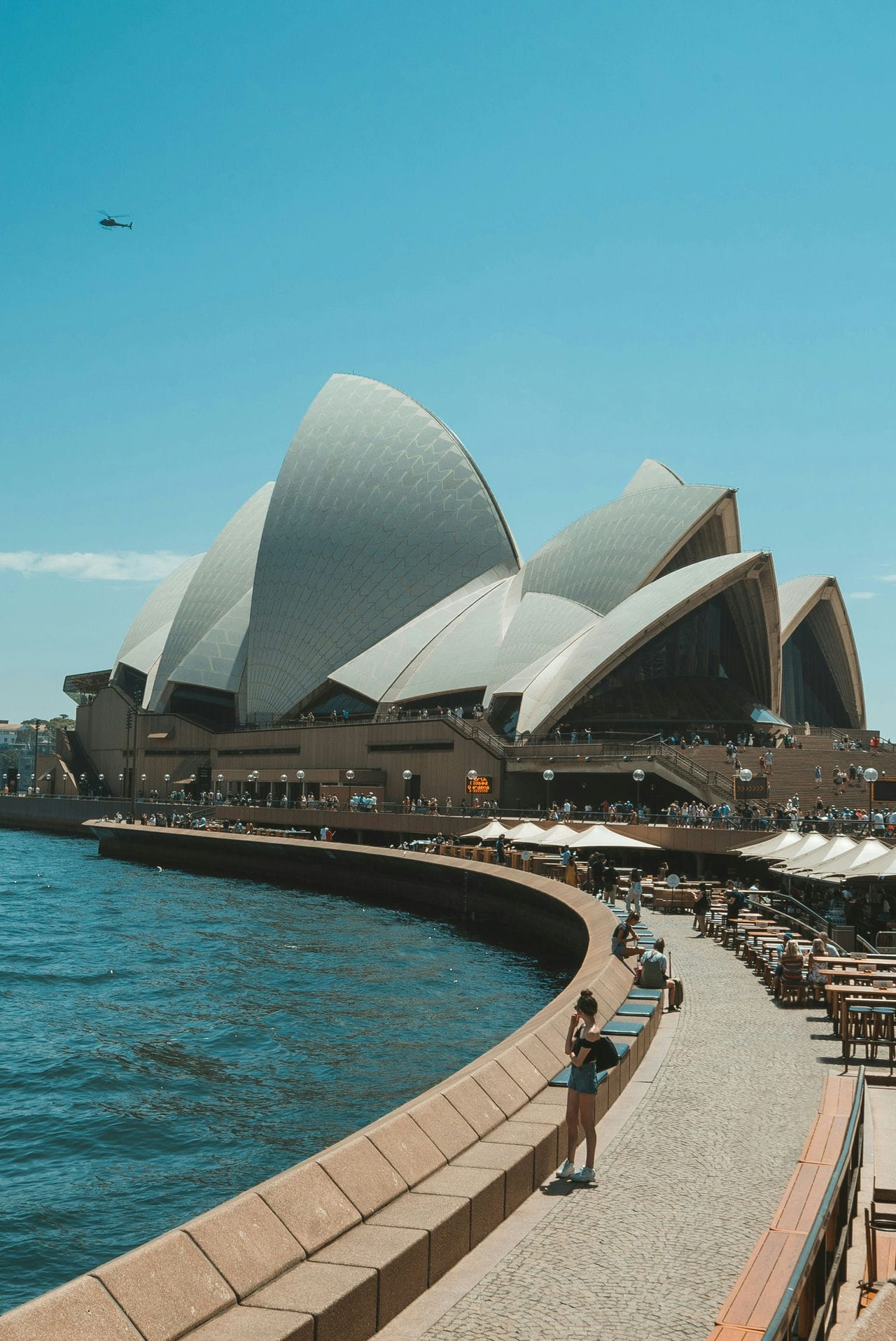
What lessons can architects learn from the design and construction of the Sydney Opera House?
Architects can learn several key lessons from the design and construction of the Sydney Opera House. Firstly, architects should pursue bold, expressive designs even if they challenge norms or seem difficult to achieve. Jørn Utzon’s radical shell design for the Opera House represented a new sculptural form never built before. Secondly, innovation in structural engineering solutions enables the realization of expressive architecture. The Opera House’s smooth concrete shells were made constructible through the pioneering use of spherical geometry and precast rib construction. Lastly, architects should carefully balance aesthetic vision and functionality. Acoustic and spatial requirements were incorporated late into the Opera House’s design process, compromising Utzon’s interior concept. Opera House’s construction was fraught, and its popularity stems from the triumph of Utzon’s design vision against the odds.
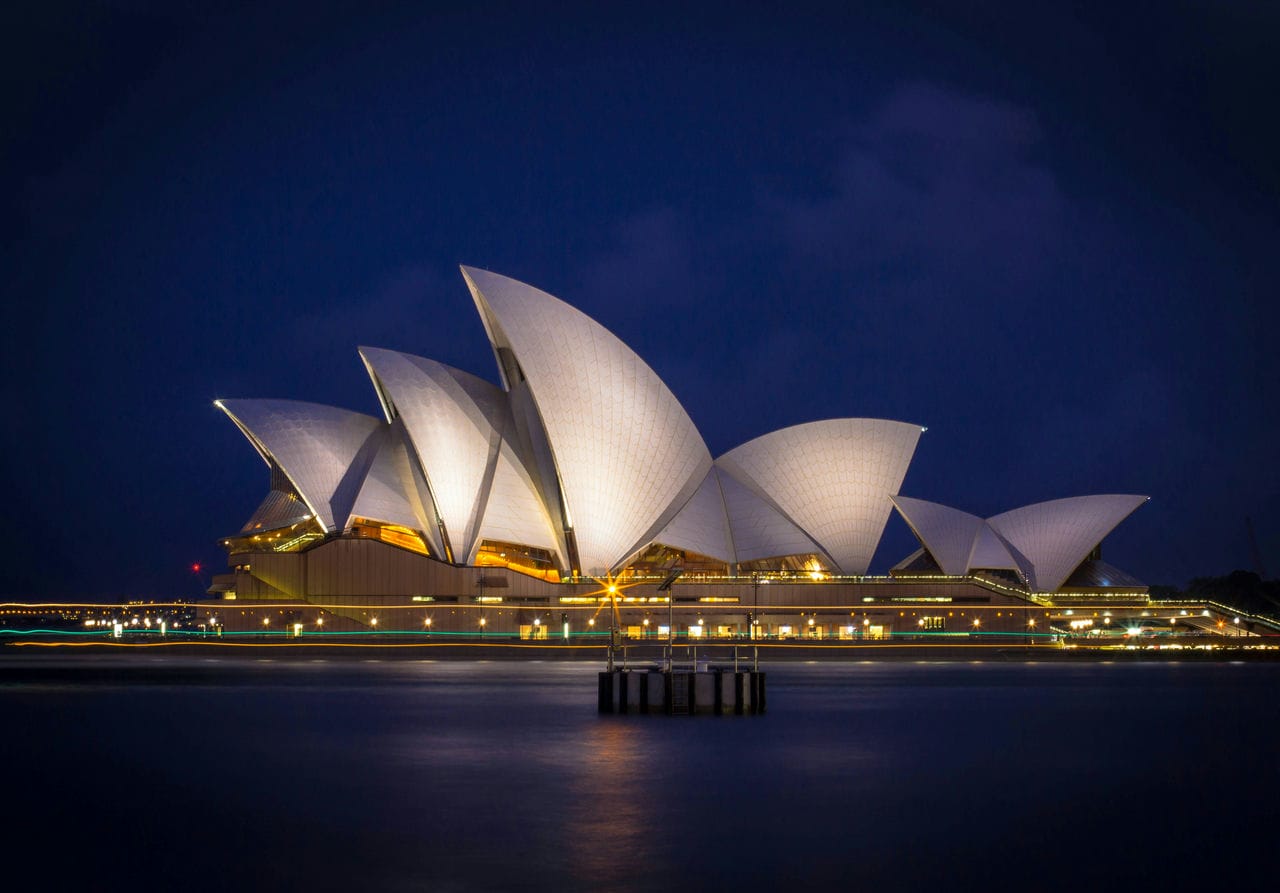
What are the best architectural landmarks in Australia to visit as an architect?
Listed below are the best architectural landmarks in Australia to visit as an architect:
- Sydney Opera House, Sydney: Sydney Opera House is a must-visit for architects interested in expressionist design and innovative construction methods. Designed by Jørn Utzon and opened in 1973, its interlocking shell-like structures create a distinctive and globally recognized silhouette. The building presents a masterful integration of form, structure, and function, showcasing the pioneering use of concrete and detailed ceramic tiling. The Opera House, set against the Sydney Harbour, is a major performing arts venue symbol of architectural imagination.
- Royal Exhibition Building, Melbourne: The Royal Exhibition Building in Melbourne, completed in 1880, is a key site for architects studying World’s Fair architecture and the international exhibition movement of the 19th century. The building designed by Joseph Reed, exhibits a mix of Byzantine, Romanesque, Lombardic, and Italian Renaissance styles. Its expansive Great Hall, dome, and decorated interior and exterior make it one of the world’s oldest remaining exhibition pavilions, offering a glimpse into Australia’s cultural architecture history.
- Parliament House, Canberra: Parliament House in Canberra is important for architects exploring this architectural style in a civic context. Opened in 1988 and designed by Mitchell Giurgola and Thorp Architects, the building’s design symbolizes democracy, with its outward-facing façade and open public spaces. The integration of the building into the landscape, particularly with the grass-covered roof, demonstrates a unique approach to blending architecture with its environmental setting.
- Q1 Tower, Gold Coast: The Q1 Tower in Gold Coast, completed in 2005, is a significant site for architects interested in residential skyscraper design and the use of modern materials. As one of the tallest residential towers in the world, its design is inspired by the Sydney 2000 Olympic torch and the Sydney Opera House.
- Melbourne Cricket Ground (MCG), Melbourne: The Melbourne Cricket Ground is a must-visit for architects studying sports architecture and the evolution of large public venues. The stadium has undergone numerous transformations, the most recent being the redevelopment for the 2006 Commonwealth Games. The MCG blends historical elements with modern design, and its scale and multifunctional use make it a significant example of contemporary stadium architecture in Australia.
- Federation Square, Melbourne: Federation Square, completed in 2002 and designed by Lab Architecture Studio in association with Bates Smart, is an important landmark for architects interested in deconstructivist design and public urban spaces. The complex’s angular and geometric forms, use of unconventional materials like zinc and sandstone, and integration of art and cultural spaces challenge traditional concepts of public architecture. It represents a bold statement in urban design and a key example of 21st-century architecture in Australia.
- Eureka Tower, Melbourne: Eureka Tower in Melbourne, completed in 2006 and designed by Fender Katsalidis Architects, is a landmark for architects exploring high-rise living and contemporary design. The building’s gold crown and blue glass façade, representing the blue sky and gold rush, contribute to its symbolic and visual impact. Eureka Tower’s design considerations for wind resistance, structural efficiency, and using a cantilevered sky deck offer insights into innovative skyscraper engineering and urban living.


